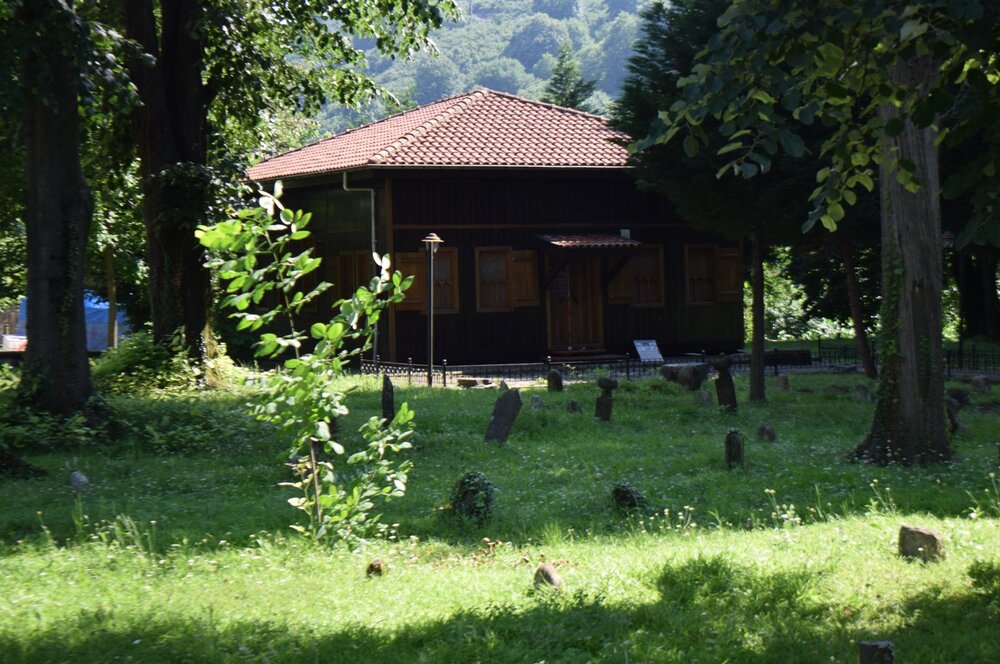Hawzah News Agency - (Akçakoca - Turkey) - Many historical constructions defy the passing of time and still stand to this day, but none are quite like these two mosques in the Akçakoca district of Düzce province in northwestern Turkey.
In a time of modern engineering and high technology, a structure built without a foundation (in the traditional sense) and without a single nail may sound like a house of cards, but these mosques have been standing for centuries and continue to astonish visitors.
The Orhan Gazi and Cuma mosques of Akçakoca are two symbols of the local culture and they hope to lure tourists with their unique architecture. The centuries-old buildings are built without nails, assembled using a historical technique.
The technique, known as the "çandı" (or çantı) technique, is a traditional Turkish method of carpentry and construction that uses logs and timber. By creating interlocking joints, the edifice is built without using nails. The building also does not have a traditional foundation solidified with cement and is simply constructed on top of large stones joined together, reaching roughly 1 meter (3.3. feet) in height.
This technique has been more widely used in northern Anatolia, and especially in the construction of adobe houses on plateaus or in forest villages. Though it saw a great decline from 1950 onward with the rise and advancement of cementation techniques, this method has made a recent comeback for being a more cost-effective and a healthier way of construction.
One may think that buildings constructed using such technique would not stand against natural disasters such as earthquakes or floods, but thanks to the brilliant handwork and engineering of the clever architects of the historical past, these mosques have managed to stand the test of time.
The older of the two mosques is the Orhan Gazi Mosque, located in the village of Çayağzı. Built in 1323, the mosque will soon celebrate its 700th birthday. It is named after Orhan Gazi, the son of Osman Gazi, the founding father of the Ottoman Empire.
It is believed that Orhan Gazi visited the region in 1323 and ordered the construction of the mosque, which now bears his name. The mosque is an important part of local history and a beautiful example of traditional Turkish architecture.


Your Comment